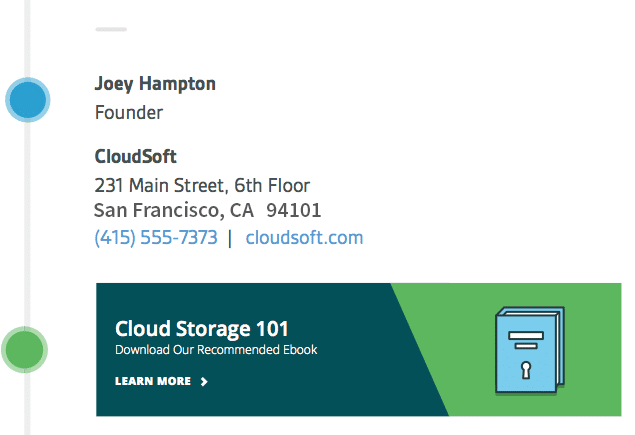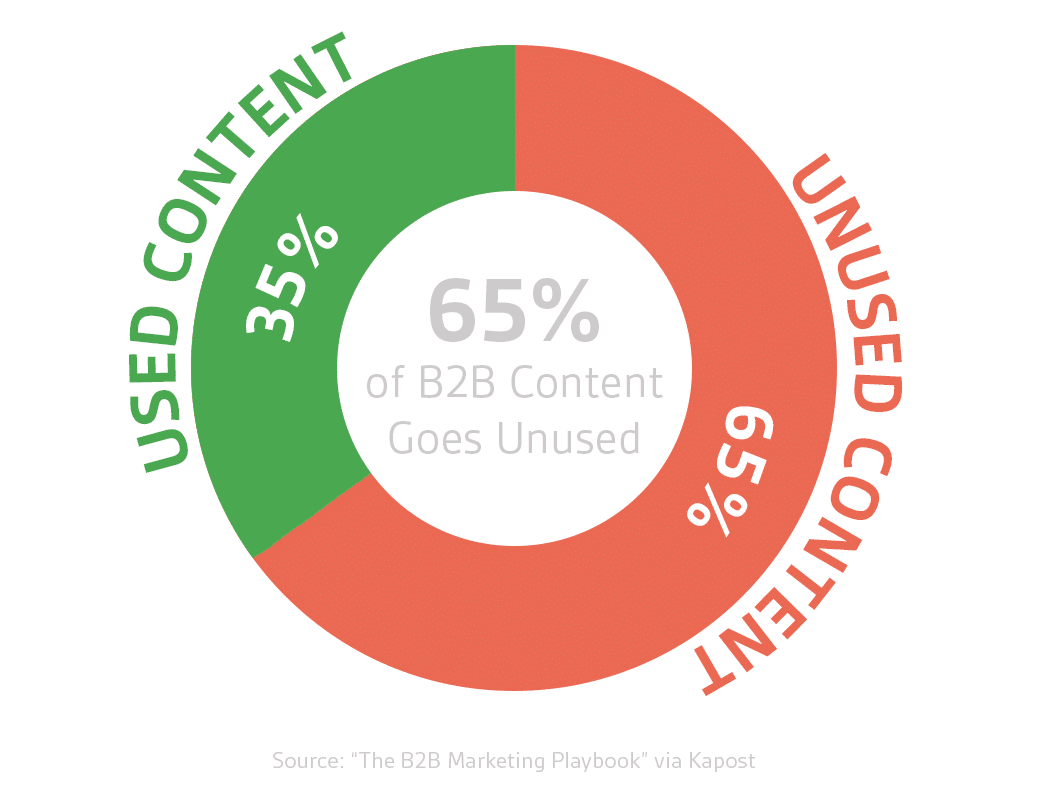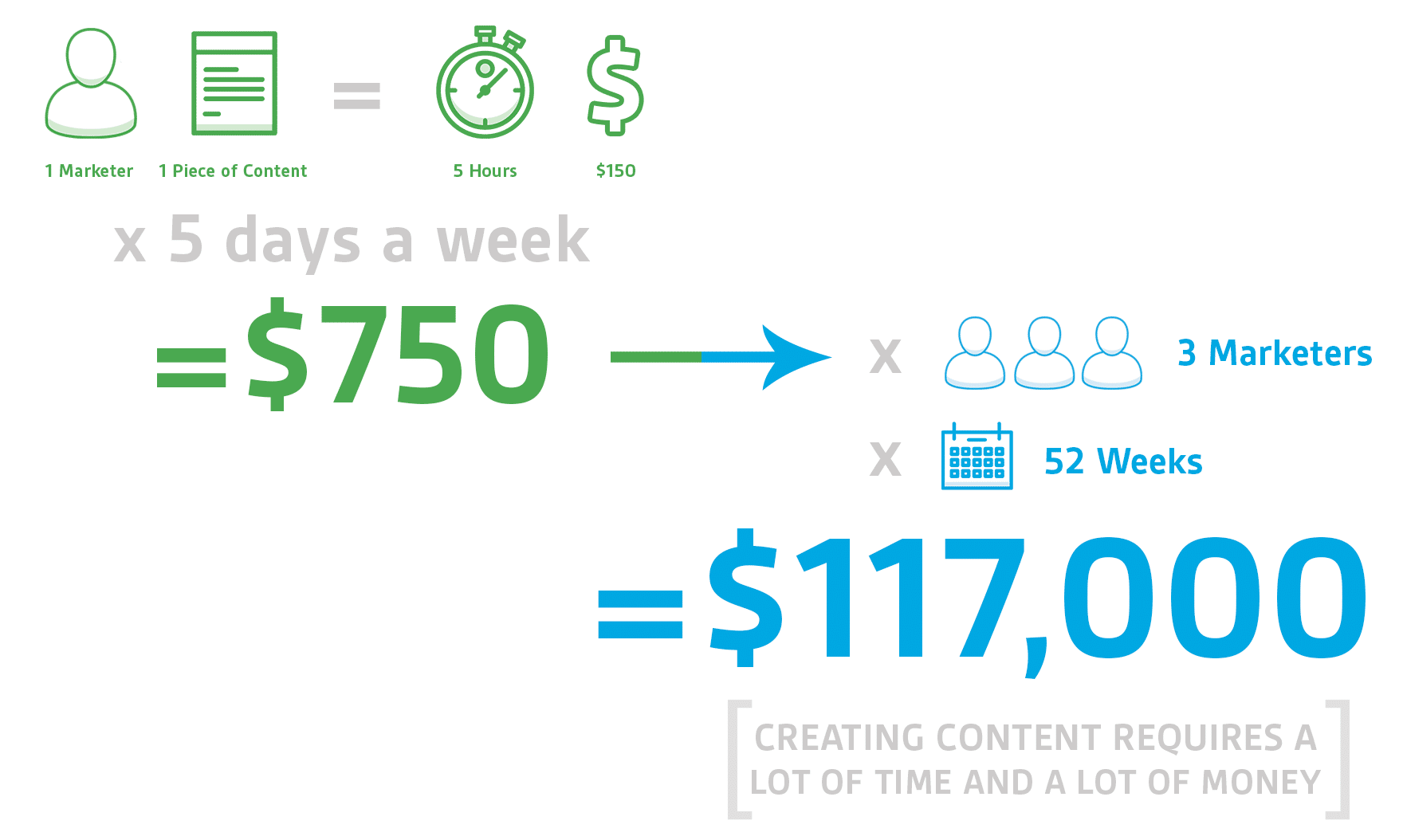As a marketer, you know just how important content is to your marketing strategy, your goals, and generating revenue for the bottom line of the business. For many companies – especially those in the technology or cloud software space – content marketing is a fundamental piece of the marketing puzzle. Without content, what programs can you run and what can you promote? Sure, you can always put out a sales message or a demo call-to-action, but companies have found that when they give away really useful and meaningful information in the form of content, such as ebooks, blog posts, case studies, infographics, one-pagers, and even videos, they get much better results.
According to the Altimeter Group, 57% of marketers reported custom content was their top marketing priority for 2014.
Why is that? Prospective and current customers want to learn – they want to partner with a company that cares about education. So marketers use content to drive programs, which in turn (or in theory) create qualified leads, opportunities, and eventually closed business. And another thing that’s so great about content: it’s measurable! Marketers can gain incredibly useful insights into click-through-rates, landing page visits, conversion rates, and so much more.
Hold on – it’s not so simple.
If creating content and putting it behind a landing page or up on the blog is so easy and guarantees such great results, then why hasn’t every company mastered content marketing? And why isn’t every company seeing huge results from the content they do produce? Or why don’t companies pour all of their marketing resources into content, since it’s such a golden opportunity?
According to a recent Kapost published ebook entitled, The B2B Marketing Playbook,
“Every role within marketing has its own tools, content types, and channels to manage, each responsible for different aspects of the content and buyer lifecycle. Without a strategy in place for coordinating all of these pieces, seeing the big picture of your marketing impact is almost impossible. Not to mention, adhoc content creation across departments leads to duplicate, off-brand, or unnecessary content. That’s why 65% of content goes unused in B2B organizations, representing a massive cost center directly located within marketing.”
65%! That’s an astounding amount of content that goes unused. Just imagine how much time and how many resources go into creating just one piece of content.
Just for example sake: Say the average piece of content takes 5 hours to write. For a blog post, that’s a high number, but for an ebook, research report, or even a case study, that’s a very low number. So, 5 hours to create the average piece of content for a content marketer whose salary is $60,000 per year (source: Marketing Land). That piece of content is costing your business about $150.00. Most content marketers create about 1 piece of content per day, so the per weekly content cost (not including any graphic design, branding, or interactive elements) for just one content marketer is $750. Now multiply that number by how many members are creating content in a given organization, and then multiply that number by 52 (the number of weeks in a year).
That’s a LOT of content, and the time, cost, and resources that support that content adds up very quickly for many organizations.
What’s the root of the problem?
According to the Forrester Wave: Content Marketing Platforms, 2015 report, “The upshot of every marketing team being a de facto publisher is colloquially known as ‘content chaos’—a scenario of overlapping, invisible, and underused brand assets and collaterals.”
There is so much content being created by so many individuals across Marketing, Product Marketing, Segment Marketing, and the list goes on… that getting use out of every single piece is incredibly difficult. Your audience sees hundreds if not thousands of marketing messages every single day, so ensuring your content call-to-action stands out is difficult to achieve. If your team uses the same channels and messages as your competitors, how is your content differentiated?
Not only that, but the Marketing team must educate the Sales team and other departments on the value of the piece and then help them understand how to use it in prospective or current customer conversations. But with everything else that Sales and Customer Success teams have on their plates, using marketing content – no matter how valuable it may be – often falls to the wayside.
How your employees’ email signature block can help.
If there’s one communication channel your employees live by, it’s email. On average, an employee will send about 10,000 emails annually to their most important contacts, whether they be prospective customers, current customers, job candidates, partners, vendors, or industry influencers. Your employees send email all throughout the day, sometimes even at night, on the weekends, or while they’re on vacation. The channel literally never stops.
Sigstr, an email signature generator, was created to help marketers cut through the noise and share the company’s most important initiatives automatically via the employee email signature block. Email signatures have been getting much more attention over the past year as marketers and companies of all shapes and sizes are beginning to see the email signature block as an important marketing asset. The employee email signature is quite possibly the #1 place where your company’s brand is viewed most often – maybe even more than your company website!
What’s Sigstr?

How does it work?
With a few clicks in Sigstr, marketers can automatically inject a clickable image, called a Campaign, to the Outlook and Gmail email signature block. The Sigstr admin can also change the format, fonts, and allowable text found in the employee signature lines. These Campaigns or signatures are updated automatically across all employees and can be filtered by groups. And best of all? No need to involve IT or interrupt the end user.
Need more inspiration for your email signature block design and how you can use it to distribute content? We have you covered. Check out our newest resource below:


